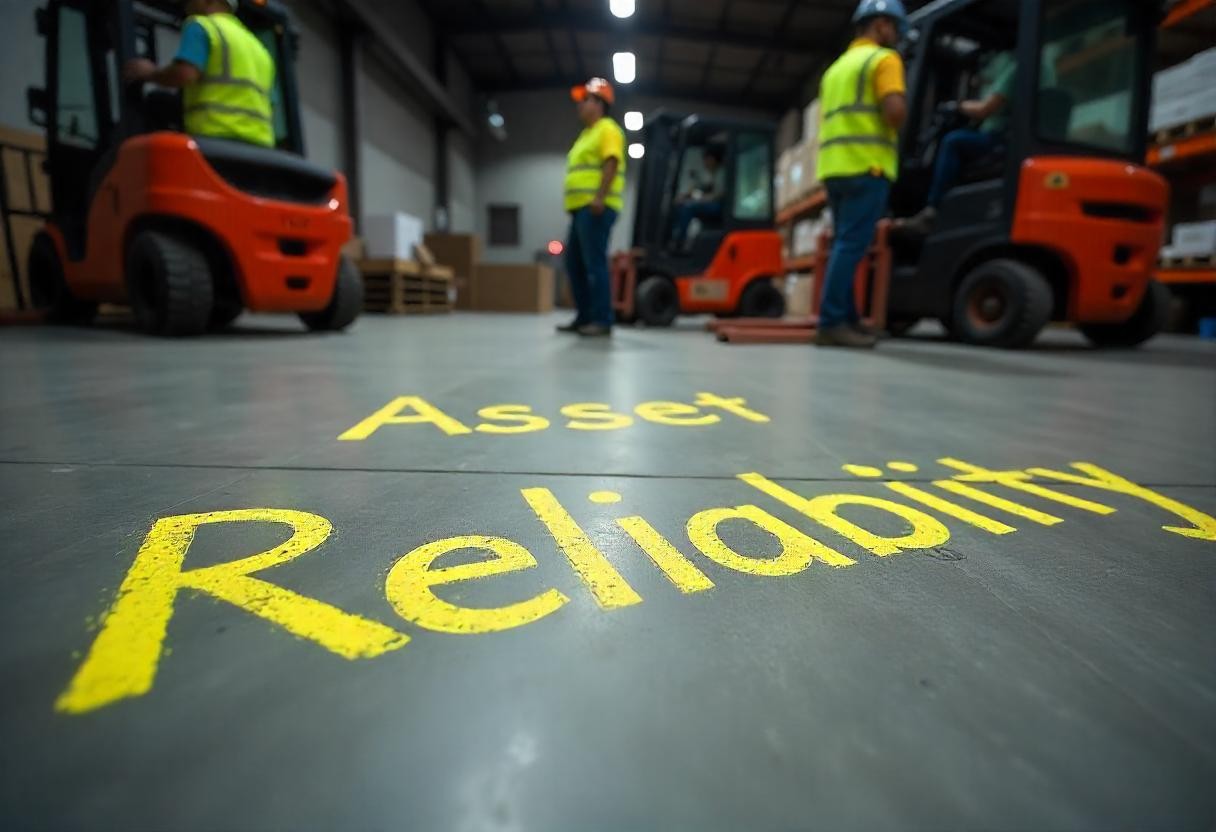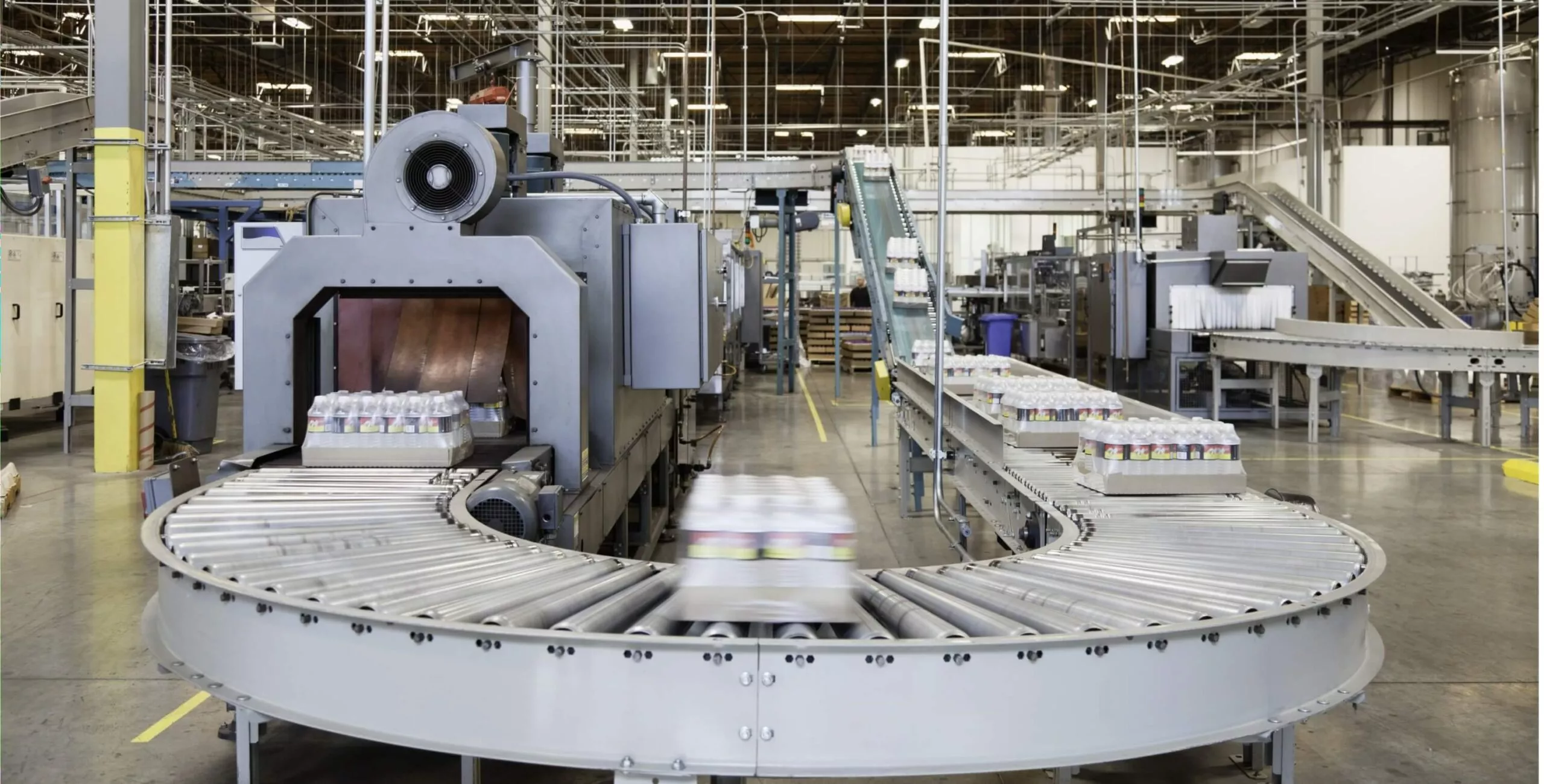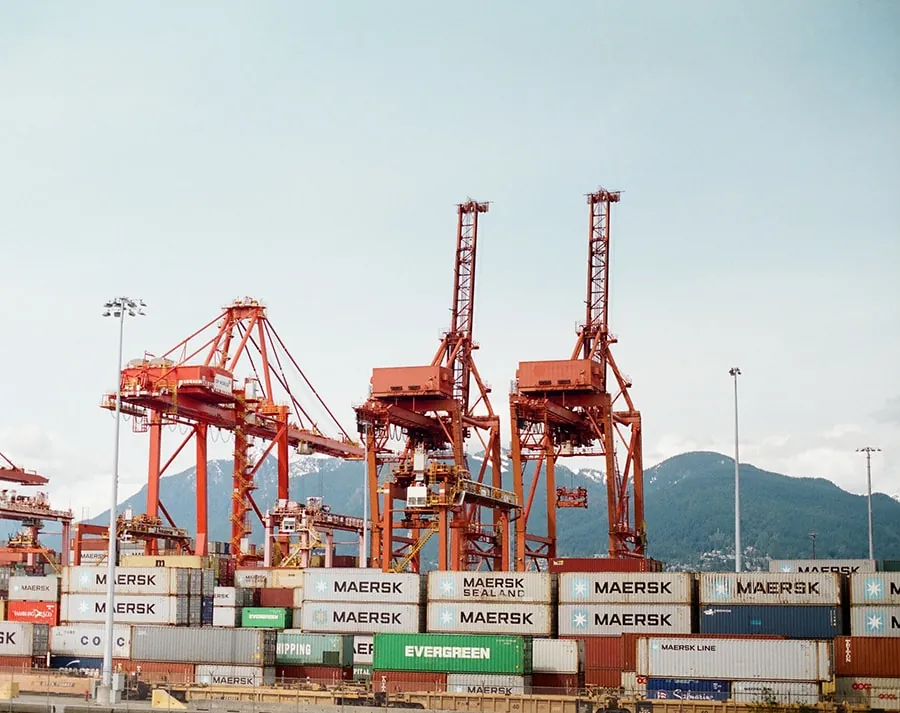When expensive equipment or infrastructure suddenly breaks down, it can disrupt operations and lead to significant financial losses. To avoid such situations, businesses need a clear understanding of how their assets are performing and a system to ensure they run smoothly. Having a plan in place for timely maintenance and quick repairs can make a significant difference.
Companies are always searching for ways to make their assets more reliable, improve performance, and extend their lifespan, all while managing costs. This is where asset reliability becomes an important part of their overall strategy. Before going deeper into this topic, let’s go over some basic terms.
What is Asset Reliability?
Asset reliability refers to how well an asset – whether it’s machinery, equipment, or even software – performs its intended function over time without failure. It’s about making sure that the things an organization relies on continue to work efficiently, day after day, without unexpected breakdowns. When we talk about reliability, we’re considering how well an asset can meet its expectations, like producing a certain amount of work or achieving specific results, without needing constant repairs or attention.
Assets can be physical, like a factory machine or a vehicle, or intangible, like a company’s IT system or intellectual property. Each type requires different measures of reliability. For example, a physical machine might be assessed by how long it can run before needing maintenance, while software might be judged on its ability to perform tasks consistently without crashes.
In any organization, keeping assets reliable is important because disruptions can lead to inefficiency and loss of productivity. High reliability ensures that operations run smoothly, with minimal downtime, helping the company stay on track and meet its goals.
How Does Asset Reliability Work?
Asset reliability is about making sure equipment works well and doesn’t break down unexpectedly. Maintenance managers use two important measurements to keep track of how assets perform: MTBF (Mean Time Between Failures) and MTTR (Mean Time to Repair). These two metrics help them plan maintenance and avoid unplanned downtime.
Here’s how they work:
MTBF gives an idea of how long equipment can run before it’s likely to fail. To calculate MTBF, you divide the total operating time by the number of failures over a specific period. For instance, if a machine operates for 15,000 hours and breaks down 3 times during that period, the MTBF would be 5,000 hours (15,000 hours divided by 3). This means that, on average, the equipment is expected to fail once every 5,000 hours. Knowing this helps maintenance teams schedule checks and repairs before a breakdown occurs.
While MTBF helps predict failures, it doesn’t show how long it will take to repair the equipment. That’s where MTTR comes into play. MTTR measures the average time it takes to repair equipment after a breakdown. To calculate MTTR, divide the total downtime by the number of failures.
For example, if a machine experiences 8 breakdowns over a year, and the total downtime is 16 hours, the MTTR would be 2 hours (16 hours divided by 8 failures). This means, on average, it takes 2 hours to repair the equipment each time it breaks down.
Both MTBF and MTTR are useful for understanding asset reliability. MTBF helps forecast when failures may happen, while MTTR shows how long repairs take. By keeping track of these metrics, operators can improve maintenance practices and minimize unplanned downtime.
Importance of Asset Reliability
In any business, making sure assets are reliable is essential for smooth operations and long-term success. Here’s why focusing on asset reliability can make a big difference:
-
1
Reduces Costs
When assets are reliable, the costs of inventory management, maintenance and repair decrease. This is because reliable equipment needs less attention, which helps businesses save money. With better reliability, managers can plan repairs, minimizing disruptions and ensuring that operations continue smoothly.
-
2
Improves Efficiency
Reliable machines, vehicles, and devices perform better and more consistently, which helps businesses maintain steady production levels. This not only keeps things running smoothly but also ensures that the company can continue providing its services without interruptions, supporting overall revenue growth.
-
3
Avoids Downtime
By keeping an eye on how assets are performing and identifying potential problems early, companies can address issues before they lead to major breakdowns or delays. This proactive approach helps prevent sudden stoppages in production or service, saving time and avoiding costly downtime.
-
4
Ensures Safety
Unreliable equipment can create dangerous situations. Studies show that contact with moving machinery is one of the leading causes of workplace injuries. When equipment is well-maintained and dependable, the risk of accidents drops, protecting both employees and the company from legal and financial consequences.
-
5
Boosts Customer Satisfaction
When equipment malfunctions or services are interrupted, it can hurt a company’s reputation. Customers quickly lose confidence in unreliable businesses, and when that happens, they often take their business elsewhere. Reliable assets help businesses maintain customer trust by providing consistent service, leading to better customer satisfaction and loyalty.
Manage Asset Performance
Managing the performance of assets is crucial for businesses to ensure smooth operations and reduce risks. By understanding when assets are likely to fail, businesses can act in time to prevent disruptions. Asset performance management (APM) uses tools like automation, data analytics, and artificial intelligence (AI) to improve the way assets are monitored and maintained.
APM helps businesses by predicting potential failures, analyzing problems, and planning maintenance. For example, technologies like AI-powered monitoring and predictive maintenance reduce the likelihood of unexpected repairs, extend the life of assets, and ultimately boost profits. These tools also help businesses understand the root causes of failures, so they can address issues before they become bigger problems.
Another important system in asset management is enterprise asset management (EAM). This system helps organizations maintain and optimize their assets over time. By leveraging the large amounts of data generated through technologies like the Internet of Things (IoT), businesses can make better, data-driven decisions to improve asset reliability and reduce costs.
Often, EAM systems work alongside computerized maintenance management systems (CMMS). A CMMS tracks important details about assets, such as their location and maintenance needs, and helps maintenance teams plan tasks more efficiently. Together, EAM and CMMS ensure businesses can optimize their asset management practices, reduce downtime, and keep everything running smoothly.
Asset Reliability vs Asset Availability
Asset reliability and asset availability are two different things, and it’s important to understand how they differ. Just because something is available most of the time doesn’t mean it’s reliable. For example, a piece of equipment might be up and running 90% of the time, but it could only work properly 70% of the time. A common example of this is the office printer that is often available but tends to crash when you need it the most. This shows that while the printer has good availability, it’s not very reliable.
We see this in other parts of life too. Think about a GPS that covers a large area but doesn’t always give the right directions or the fastest route. These kinds of failures can waste time and resources, affect the user experience, and ultimately hurt productivity, whether it’s at work or in daily life.
How to Measure Asset Reliability?
To figure out how dependable an asset is, you can use a simple formula that takes into account three main factors: Quality, Time, and Speed.
Here’s the formula:
Reliability Index = MTBPL ÷ MPL
Now, let’s break down what those terms mean:
- MTBPL (Mean Time Between Production Losses) measures the amount of time the asset runs without any interruptions. To calculate this, divide the total running time by the number of times the asset stops working.
- MPL (Tons Lost per Production Loss) looks at how much production was lost each time the asset failed.
Once you have these values, you can calculate the Reliability Index by multiplying the percentages of Quality, Time, and Speed performance together. For example, if each factor is 90%, you’d calculate:
Reliability Index = 90% × 90% × 90% = 72.9%
This gives you a percentage that reflects the overall reliability of the asset. When you calculate time performance, make sure to consider the full number of hours available in a year (about 8,760 hours), but subtract any time lost due to market factors or major repairs. This gives a more accurate picture of the asset’s real performance over time.
Explore Asset Reliability Solutions with NEXGEN
NEXGEN provides a practical solution to improve asset reliability by using a modern, efficient approach to asset management. It combines the latest technology with smart maintenance strategies to help businesses take better care of their assets.
By using NEXGEN Asset Management, companies can move beyond traditional scheduled maintenance and switch to a more advanced approach that’s based on real-time data. This helps businesses predict maintenance needs before issues arise, allowing them to make smarter decisions. The platform has a solid track record of improving asset performance, reducing unnecessary expenses, and minimizing downtime—all while helping to extend the life of valuable equipment.
Take your asset management to the next level with NEXGEN!
Our EAM and CMMS solutions are designed to help you get the most out of your assets by boosting performance, reducing risks, and improving how you manage the entire life cycle






